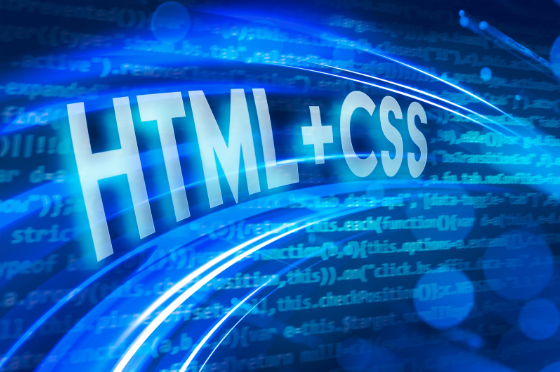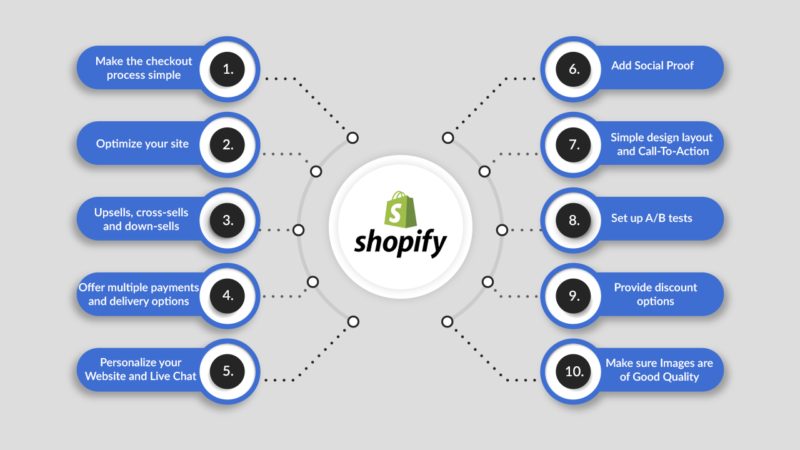A Beginner’s Guide to Styling a Website With CSS

Cascading Style Sheets (CSS) is a style sheet language that describes the presentation of a document written in HTML or XML. It specifies the elements that should be displayed on screen, paper, in speech, or in other media. Like HTML and JavaScript, CSS is a foundational technology in web development. HTML is used to structure the content, and CSS is used to format that content and cover elements like layout, colors, and typefaces. Hence, it allows the developers to separate content from design, leading to more flexibility in the presentation of web page elements.
CSS operates by associating rules with HTML elements, and these rules determine how the elements should be displayed. A CSS rule consists of a selector and a declaration block. The selector specifies the HTML element you wish to style, and the declaration block comprises one or more declarations separated by semicolons. Each declaration contains a property and a value that defines which feature of the element’s style you wish to change and how.

Why Use CSS?
Using CSS in web development can have numerous benefits for both the developer and the user. Some of the advantages of utilizing CSS include:
- CSS allows you to separate the website’s design from its content, making it easier to update and maintain.
- It can Improve website performance as the browser may cache external CSS files, allowing for faster page load times.
- It allows you to develop responsive designs that adjust to multiple screen sizes, increasing accessibility and usability.
How to Style a Website with CSS
First of all, you need to understand CSS syntax and how it interacts with HTML. CSS styles are applied to HTML elements via selectors to target elements and declarations to specify the styling parameters.
Linking CSS to HTML
There are three methods for applying CSS to your HTML document:
- Inline CSS is applied directly within an HTML element using the style attribute. Ideal for quick, one-off styles.
- Internal CSS is used within the <style> tag in the <head> section of the HTML document. Suitable for single-page styles.
- External CSS is used in a separate .css file linked to the HTML document via a <link> element in the <head>. This is the most efficient style method for websites with several pages.

Using CSS Selectors
CSS selectors help you target HTML elements based on their name, id, class, attributes, and more. Understanding and using these selectors is essential for applying styles appropriately.
Understand CSS Box Model
Every element in CSS has a box model that contains margins, borders, padding, and the content itself. Understanding how these features work together is critical for controlling layout and spacing.
Using Flexbox and Grid for layouts
Flexbox enables effective space allocation across a single column or row. It is ideal for aligning things and generating responsive designs. CSS Grid allows the creation of complex layouts using rows and columns. It gives you more flexibility over the placement and size of items.
Using Responsive Design Principles
Responsive design guarantees that your website appears great on any device. Use media queries to apply different styles depending on screen size, resolution, or device orientation.
Style Text and Font
Customize your fonts for better readability and stylistic appeal:
- To specify fonts, use the font-family feature.
- Adjust the font size, line height, and font weight to improve legibility.
- Style links with hover, active, and: visited pseudo-classes to improve user interaction.
Add Colors and Images
Colors and graphics play an important role in the visual design of your website.
- Use the “color” property for text and background color for element backgrounds.
- To set images as backgrounds for elements, use “background-image”.
- Use gradients for dynamic backgrounds.
Transitions and Animations
CSS transitions and animations enhance user interactions by providing visual feedback.
- Transitions allow property values to shift smoothly over a set time.
- Animations are more complex than transitions, with several states and keyframes.
Organize and Optimize CSS
As your CSS expands, keeping it organized and optimized is essential.
- Use comments to pinpoint sections and highlight complex styles.
- Organize your CSS rationally, such as grouping similar styles or relating to the structure of your HTML.
- Minimize CSS for production to decrease file size and improve loading times.
Text Across Devices
Ensure that your website’s styling is consistent across different browsers and devices. Use browser developer tools to investigate and test your styles.
Stay Updated
CSS is constantly changing with the introduction of new features and recommended practices. Stay updated and continue your learning process with web development communities, tutorials, and documentation.
Conclusion
Knowing the principles of CSS offers a world of possibilities for people interested in web development by hashlogics. This beginner’s guide has covered the fundamentals of CSS, including selectors and properties, layout approaches, and responsiveness. Understanding these concepts allows people to create visually beautiful and user-friendly websites that leave a lasting impact. CSS, like any other skill, requires practice to achieve proficiency. Experimentation, combined with a willingness to learn and adapt to new trends, will surely improve one’s style-creating skills. Furthermore, remaining current with the newest improvements in CSS and web design guarantees that designers may use new approaches and features to improve their work even further.





